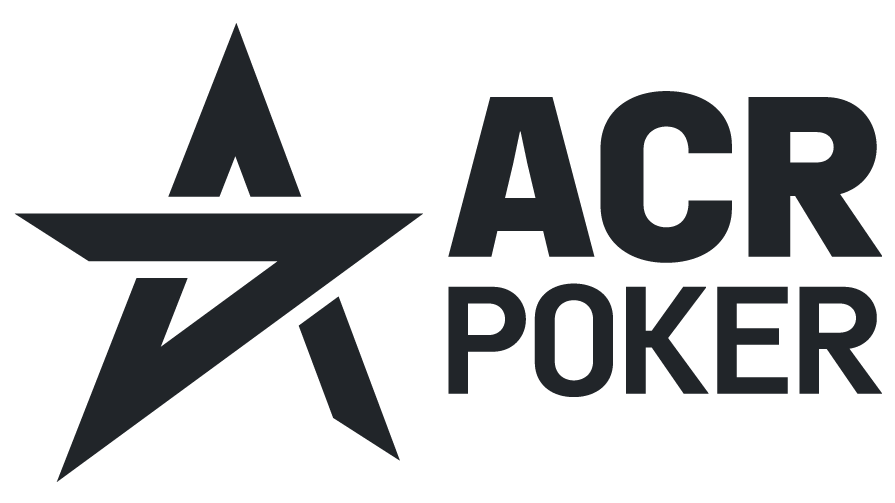In the world of sports betting, a point spread is designed to create an equal playing field, giving the underdog a head start and forcing the favorite to win by a certain margin. But what if a bettor wants to change that spread to their advantage? This is where the concept of buying points comes into play. It is a common practice, particularly in high-scoring sports like football and basketball, but whether it is a sound strategy is a topic of debate among bettors. This article will provide a clear explanation of what buying points is, how it works, and an analysis of when it might be a viable strategy versus when it is a move that simply benefits the sportsbook.
What Does “Buying Points” Mean?
Buying points is the practice of adjusting a point spread in your favor in exchange for a higher cost, known as the “juice” or “vig.” By paying an additional fee, a bettor can move the spread line, either by giving the favorite a smaller number to cover or by giving the underdog a larger head start. For example, if a team is a -7 favorite and you believe they will win by a touchdown but are worried about a push, you can buy a half-point to move the line to -6.5. This means that a 7-point victory, which would have been a push, is now a win for your wager. This convenience comes at a cost, however. The standard odds on a point spread are often -110, meaning a bettor must risk $110 to win $100. When buying points, that cost increases, perhaps to -120, -125, or more, depending on the sportsbook and the specific line.
The Economics of Buying Points
The core of the argument against buying points is a mathematical one. Sportsbooks are in the business of making a profit, and the price they charge for moving a line is carefully calculated to be a negative expectation play for the bettor in the long run. The cost to buy a half-point is often disproportionately high when compared to the actual probability of that half-point making a difference in the outcome. A bettor who consistently buys points will likely find their long-term profits eroded by the increased juice they are paying on their winning bets. This is why many professional bettors consider it a “sucker’s bet,” a move that offers the illusion of security at a steep price.
When Might It Be a Good Idea to Buy Points?
Despite the general consensus against it, there are a few scenarios where buying points can be a justifiable strategy. These situations are almost always tied to “key numbers,” particularly in sports like American football where a game’s final score often lands on a specific margin of victory. The most common key numbers are 3 and 7, which correspond to the value of a field goal and a touchdown.
A bettor might consider buying points in the following instances:
- Avoiding a Push: If a team is a -3 favorite, a bettor might buy a half-point to move the line to -2.5. This eliminates the risk of a push, which is particularly appealing for a bettor who is confident in a narrow victory. This move can turn a neutral outcome into a winning one.
- Gaining a Key Number: When a point spread is at a number like -2.5, a bettor might buy a half-point to get to -3. This gives them the benefit of a common margin of victory. The same logic applies to moving from +6.5 to +7, giving the bettor a cushion against a touchdown victory by the favorite.
In these specific cases, the cost of buying points, while still high, can be offset by the increased probability of the bet winning. It is a strategic decision based on an analysis of a game’s likely scoring outcomes.
The Alternative: Line Shopping
A more effective and widely accepted strategy than buying points is “line shopping.” This involves checking multiple sportsbooks to find the most favorable odds on a specific bet. For instance, while one sportsbook might have a team at -7 (-110), another might offer them at -6.5 (-115). In this scenario, a bettor can get the benefit of a key number without paying the excessive fee associated with buying it. Line shopping ensures that a bettor is always getting the best possible price for their wager, which is a fundamental principle of profitable betting.
| Scenario | Action | Line | Odds | Net Profit on a $100 Bet |
| Standard Bet | Betting on Favorite | -7 | -110 | $90.91 (Risking $110) |
| Buying Points | Betting on Favorite, buying 0.5 points | -6.5 | -125 | $80.00 (Risking $125) |
| Line Shopping | Betting on Favorite, found better line | -6.5 | -110 | $90.91 (Risking $110) |
Final Analysis on Buying Points
For most bettors, buying points is not a recommended long-term strategy. The increased cost of the wager, known as the “juice,” significantly erodes a bettor’s potential profit over time. The practice is a form of insurance that is often overpriced, and a bettor who engages in it consistently will find it difficult to maintain a positive return on investment. The better approach is to develop a disciplined strategy based on a deep understanding of key numbers and to always line shop to find the most favorable odds available. While buying points can provide a temporary feeling of security, the most successful bettors understand that finding value in the market, not paying extra for convenience, is the key to sustained success. This approach ensures that a bettor is always getting the best possible value for their wager, a principle that is far more important than any single point on the spread.



